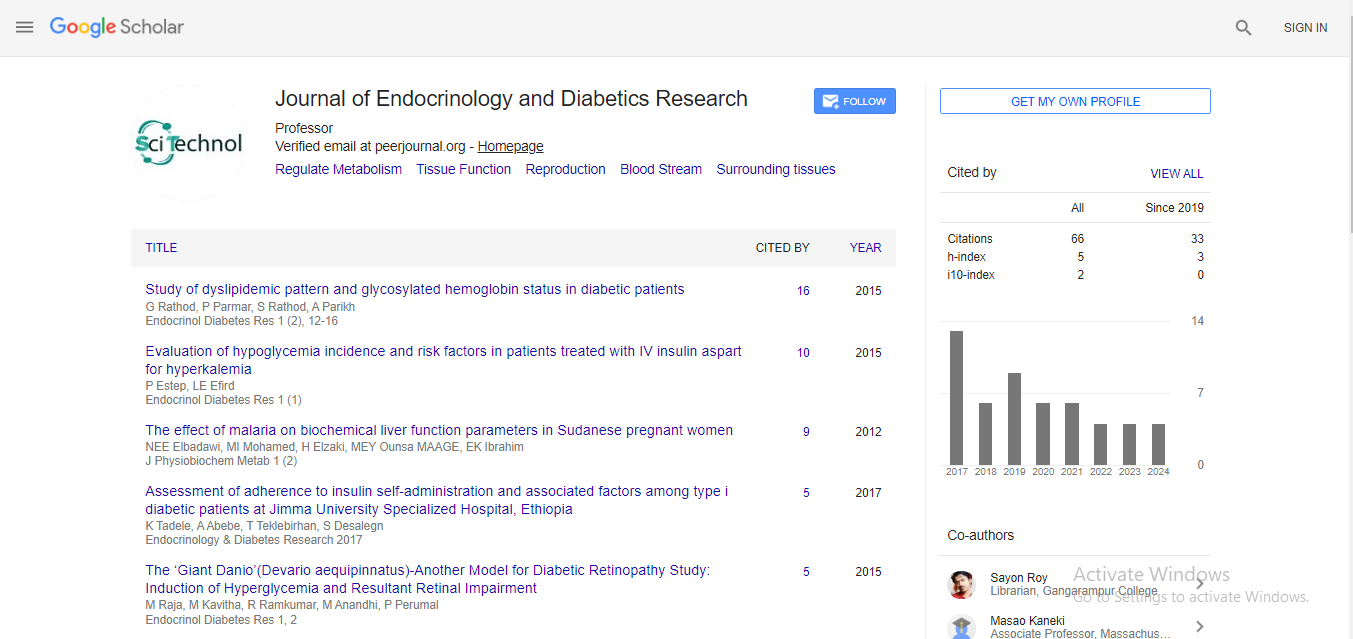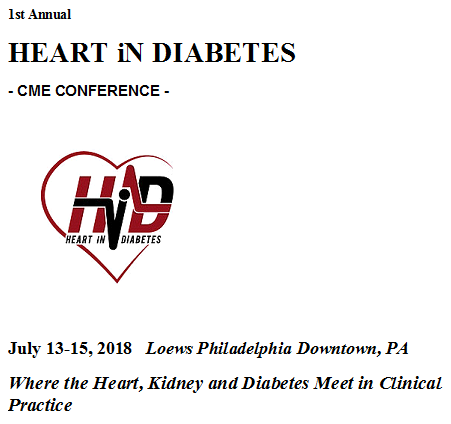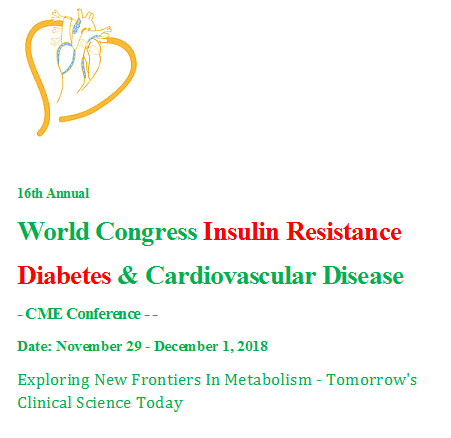OXER1 and RACK1-associated pathway: a promising drug target in triple negative breast cancer and its emerging role in the Tumor Micro Environment (TME)
Mirco Masi
The University of Pavia, Italy
: Endocrinol Diabetes Res
Abstract
Background: In Breast Cancer (BC), the expression of RACK1 – a putative prognostic marker involved in cancer cell proliferation, migration, and invasion – is negatively correlated with overall survival. Since a complex glucocorticoids-androgens balance controls RACK1 expression (thanks to a Glucocorticoid Responsive Element in its promoter), we assessed the role of androgen signaling in RACK1 transcriptional regulation in BC. In this regard, we demonstrated that membrane androgen receptor OXER1 activates PI3K/Akt/NF-κB/RACK1 and FAK signaling pathways to promote survival, cell adhesion and migration and is now emerging as an important player in triple negative BC (TNBC). Our in silico GSEA on TNBC patients’ samples identified “Interferon alpha (IFNα) response” as top-enriched up regulated gene set. Indeed, under conditions of chronic IFNα signaling, IFNα can have immunosuppressive roles that promote pro-tumorigenicity and contribute to metastasis formation and BC progression. These features can be specifically attributed to the triple negative inflammatory BC (TN-IBC) subtype, which features higher infiltration of tumor-associated macrophages (TAMs) and tumor-suppressing M2 compared to TNBC. Therefore, the aim of our study is to elucidate OXER1 role in promoting TNBC progression and sustaining non-canonical interferon stimulated genes (ISGs) and tumor microenvironment-produced cytokines to promote TN-IBC aggressive phenotype. Methods: To assess whether RACK1 transcriptional regulation was AR- or mAR-dependent, involving PI3K/Akt/NF-κB pathway, luciferase reporter assay, qPCR, immunoblotting, cell proliferation (MTT), colony formation assay, cytofluorometry and scratch-wound healing assay were performed on MCF7 and MDA-MB-231 cells treated with testosterone, testosterone-BSA-FITC, or nandrolone. Immunofluorescence and in silico molecular docking confirmed that nandrolone exerts its effects via OXER1. We validated our panel with patient-based transcriptomic data. Analogue experiments and 3D spheroid models were performed on TN-IBC HCC1187 and CAL-85-1 cells, while specific experiments and sandwich ELISA assays were performed to evaluate macrophages migration and polarization. Results: Our data confirmed that RACK1 is involved in BC progression and we provided first evidence that nandrolone mediates negative effects on BC cell proliferation and migration due to its antagonization of PI3K/Akt/NF-κB pathway, ultimately leading to RACK1 down-regulation. Nandrolone impairs this signaling pathway through its binding to OXER1, whose increased expression is higher in tumors tissue compared to non-cancerous ones and correlated with ER and PR status in patients. The same effects on PI3K/Akt/NF-κB pathway were observed in HCC1187 and CAL-85-1 cells in terms of cell proliferation, migration and 3D spheroid formation, confirming OXER1 role as previously hypothesized. Finally, these data were in line with the reduced production of OXER1-correlated cytokines, in particular IFNα and IL-8 thus suggesting an emerging role in TME. Conclusions: Our data support the idea that androgen derivatives or repurposed drugs tailored to antagonize OXER1 activation pathway may represent promising and rational agents for the personalized treatment of BC. Acknowledgements: Research has been supported by Ministero dell’Istruzione, dell’Università e della Ricerca (PRIN2017, Project number 2017B9NCSX)
Biography
Mirco Masi is a PhD student at University School for Advanced Studies IUSS in Pavia. He is currently working on a project that aims to understand the involvement of scaffold and ribosomal protein RACK1 (Receptor for Activated C Kinase 1) in breast cancer migration and proliferation. As a collaborator, he joined an international project to study RACK1 role in immune system activation and cytokines release via PKCβII in toxicology context, with a specific focus on the effects of different types of Endocrine Disrupting Chemicals (EDCs) on RACK1 expression and their immunologic implications.
 Spanish
Spanish  Chinese
Chinese  Russian
Russian  German
German  French
French  Japanese
Japanese  Portuguese
Portuguese  Hindi
Hindi 


